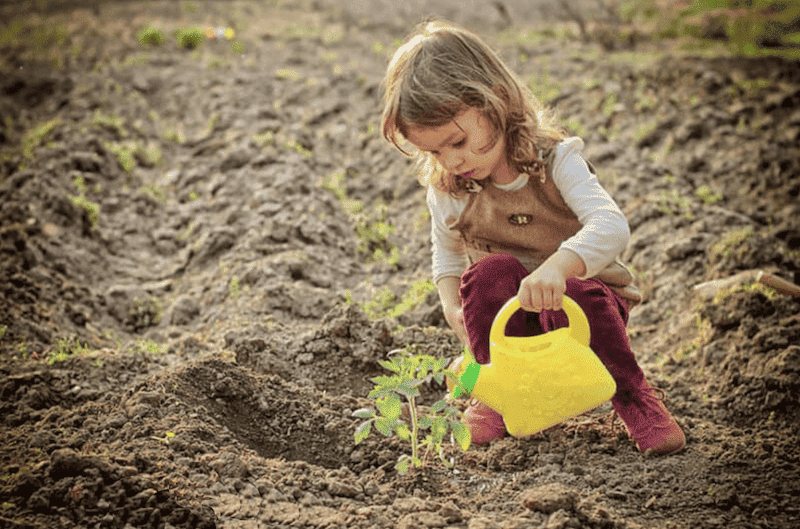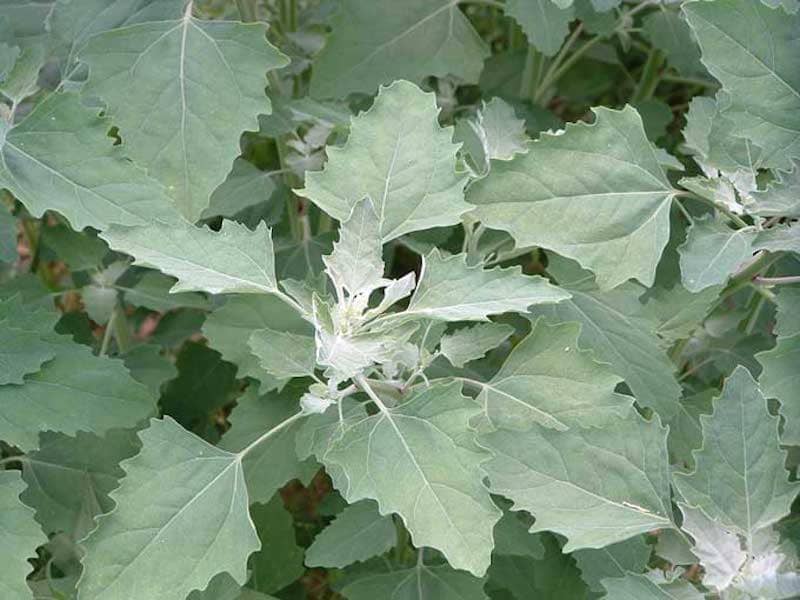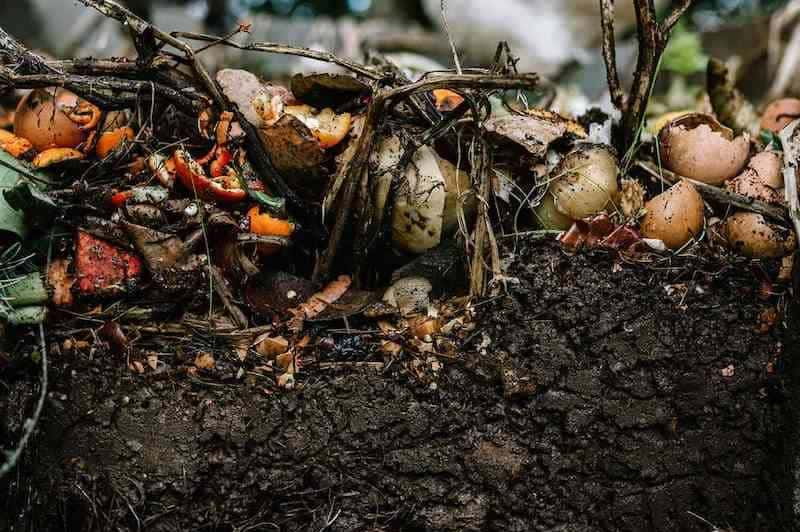Food Independence: Grow your own Food as if your Life Depended on it
Food independence is an empowering concept that centers around self-reliance and sustainability. It refers to the ability to grow and produce your own food, reducing reliance on grocery stores and commercial food sources. By learning to grow, preserve, and save seeds for your food, you gain control over what you eat, where it comes from, and how it's grown. This article will provide a comprehensive guide to achieving food independence, a journey that requires dedication, knowledge, and a connection to the earth.
The process of achieving food independence is not just about planting a garden. It involves understanding the land, learning about various plants, and incorporating sustainable practices into your routine. From foraging for food and comprehending the importance of edible weeds, to mastering seed saving and homesteading, this guide will cover it all.
Food independence is not a destination, but rather a journey. It is a lifestyle choice that promotes sustainability, health, and a deeper connection to the environment. Whether you're an urban dweller with a small balcony garden or a rural homesteader with acres of land, you can take steps towards food independence.
How Important Is Food Independence?
Achieving food independence has many benefits. Firstly, it offers food security. In uncertain times, having a reliable food source in your backyard is invaluable. Secondly, it fosters sustainability. Growing your own food reduces your carbon footprint by eliminating the need for transportation, packaging, and the industrial agriculture system that heavily contributes to greenhouse gas emissions.
Thirdly, achieving food independence promotes healthy eating. When you grow your own food, you know exactly what goes into it. There are no hidden pesticides, preservatives, or genetically modified organisms. You're eating fresh, nutritious food straight from the earth, which is beneficial for both the body and mind.
Lastly, food independence fosters a deep connection with nature. It's an opportunity to get your hands dirty, understand the cycles of the earth, and appreciate the miracle of growth. This connection can provide a sense of peace, satisfaction, and respect for the environment, grounding us in a world that often feels chaotic and disconnected.
Foraging for Food: Yes, Weeds are Edible
Foraging for food is a fundamental aspect of food independence. This practice dates back to our ancestors who relied on their knowledge of plants for survival. Today, foraging can provide a supplement to your garden harvest, broaden your diet, and deepen your connection to the local environment.
One surprising fact about foraging is that many common weeds are edible. Dandelions, purslane, and lamb's quarters, for example, are often found in backyards and are packed with nutrients. Foraging these edible weeds can provide a free source of food, reduce reliance on the grocery store, and help control these often-invasive plants in a natural way.
However, it's crucial to approach foraging with respect and knowledge. Never consume a plant unless you're 100% sure of its identification and safety. It's also important to forage sustainably, never taking more than you need or damaging the ecosystem. Foraging is an art, a science, and a delightful part of the food independence journey.
Seeds and Weeds
Seed saving is a critical skill for anyone seeking food independence. By saving seeds from your garden, you can perpetuate your food source year after year without needing to buy new seeds. This practice not only saves money but also allows you to develop plant varieties that are adapted to your local climate and conditions.
To start saving seeds, select healthy, mature plants from your garden. Allow some of your best plants to go to seed, then collect these seeds for next year's garden. It's important to dry and store seeds properly to ensure their viability for the next planting season.
Remember, some plants are easier to save seeds from than others. Tomatoes, beans, and lettuce are great for beginners, while others like carrots and onions can be more challenging. Over time, you'll learn which plants provide the most successful seed saving in your garden.
Edible Landscaping and Homesteading
Edible landscaping is the practice of incorporating food-producing plants into your yard. Instead of purely ornamental gardens, you can plant fruit trees, berry bushes, and vegetable gardens. This approach maximizes the productivity of your land, providing a source of fresh, healthy food and creating a beautiful, functional landscape.
Homesteading, on the other hand, is a lifestyle aimed at self-sufficiency. It involves a variety of practices, from gardening and raising animals to preserving food and making homemade products. Homesteading can be practiced on any scale, whether you live on a large farm or in a city apartment.
Both edible landscaping and homesteading are key elements of food independence. They emphasize self-reliance, sustainability, and the joy of producing your own food. As you master these practices, you'll find that your connection to your food and the land deepens.
What is Agroecology and its Role in Food Independence
Agroecology refers to a sustainable approach to farming that works with nature rather than against it. It involves understanding and respecting natural ecosystems, promoting biodiversity, and implementing sustainable farming practices. Agroecology plays a crucial role in achieving food independence as it offers a viable alternative to industrial agriculture.
Principles of agroecology include diversifying crops, conserving resources, and promoting a healthy soil ecosystem. By applying these principles, you can create a resilient, productive garden that contributes positively to the environment.
Agroecology also involves a social element. It promotes local food systems, community involvement, and fair trade. By growing your own food and supporting local farmers, you're contributing to a more equitable, sustainable food system.
Sustainable Gardening: From No-till Agriculture to Crop Rotation
Sustainable gardening practices, like crop rotation and no-till agriculture, are essential for food independence. These practices improve soil health, increase crop yields, and reduce the need for chemical inputs.
Crop rotation involves changing the location of crops each year. This practice prevents the build-up of pests and diseases and helps maintain soil fertility. Each type of crop has different nutrient requirements and pest profiles, so rotating them can keep the soil balanced and healthy.
No-till agriculture, on the other hand, is a method of growing crops without disturbing the soil through tillage. It helps maintain soil structure, improves water retention, and promotes a healthy ecosystem of beneficial insects and microorganisms.
By incorporating these sustainable gardening practices, you're not only boosting your garden's productivity but also contributing to the health of the environment.
Composting: The Key to Growing Your Own Food
Composting is the process of converting organic waste into nutrient-rich black soil. It's a key element in growing your own food as it provides a sustainable source of nutrients for your garden, reduces waste, and improves soil health.
Composting can be as simple as creating a pile of kitchen scraps, yard waste, and other organic material. Over time, this pile breaks down into compost, a rich, dark material that's often called "black gold" for its value in the garden.
Using compost in your garden improves soil fertility, texture, and water-holding capacity. It provides a slow-release source of nutrients for your plants and helps create a healthy soil ecosystem. With compost, you can grow healthy, productive plants without relying on chemical fertilizers, which is better for you and better for the environment.
The Risk of Genetically Modified Seeds and the Benefits of Growing Vegetables from Heirloom Seeds
Genetically modified seeds are often used in industrial agriculture, but they pose several risks. These seeds are patented by large corporations, meaning farmers can't save and replant them. They're often engineered to withstand heavy applications of pesticides, contributing to environmental pollution and potential health risks.
On the other hand, heirloom vegetables are traditional varieties that have been passed down through generations. They're open-pollinated, meaning gardeners can save and replant their seeds. Heirloom vegetables offer a wealth of genetic diversity, with thousands of unique varieties offering different flavors, colors, and adaptations. Growing heirloom vegetables is a rewarding part of food independence. It preserves agricultural heritage, promotes biodiversity, and offers a superior taste experience. Plus, saving and swapping heirloom seeds can create a sense of community and shared purpose.
Canning and Food Preservation: Why it's Essential for Food Independence
Canning and food preservation are essential skills for achieving food independence. By preserving your harvest, you can enjoy homegrown food year-round, reduce food waste, and have a supply of food for times of scarcity.
Canning involves processing food in jars to prevent spoilage. You can a wide variety of foods, from fruits and vegetables to meats and sauces. It's a satisfying process that rewards you with a pantry full of homegrown food.
Other food preservation methods include drying, freezing, fermenting, and pickling. Each method has its benefits and preferred uses, and learning a variety of methods gives you flexibility in preserving your harvest.
Preserving food you grow at home is healthier and more cost-effective than buying processed foods. It gives you control over the ingredients and avoids additives and preservatives found in store-bought items.
Food Independence is a Great way to Save Money
Striving for food independence is not only about self-reliance and sustainability; it's also a financially smart move. By growing and preserving your own food, you can significantly reduce your grocery bill.
Seeds, seedlings, and young fruit trees may require an initial investment, but the cost of homegrown produce is often much lower than buying from the store. Plus, you can save seeds, propagate plants, and swap with neighbors to further reduce costs.
Composting reduces the need for expensive fertilizers. Using homemade natural pest remedies instead of buying chemical pesticides can save money and protect the health of your garden. And preserving your harvest reduces waste and gives you a supply of home-canned goods that can be cheaper and healthier than store-bought equivalents.
The goal of achieving food independence is a journey that offers many rewards. It provides food security, promotes sustainability, encourages healthy eating, and saves money. It requires knowledge, effort, and a connection to the land, but the rewards are worth it. Whether you're a seasoned gardener or a beginner, there's always more to learn and implement on your path to food independence.





.png)
.png)
.png)

.png)